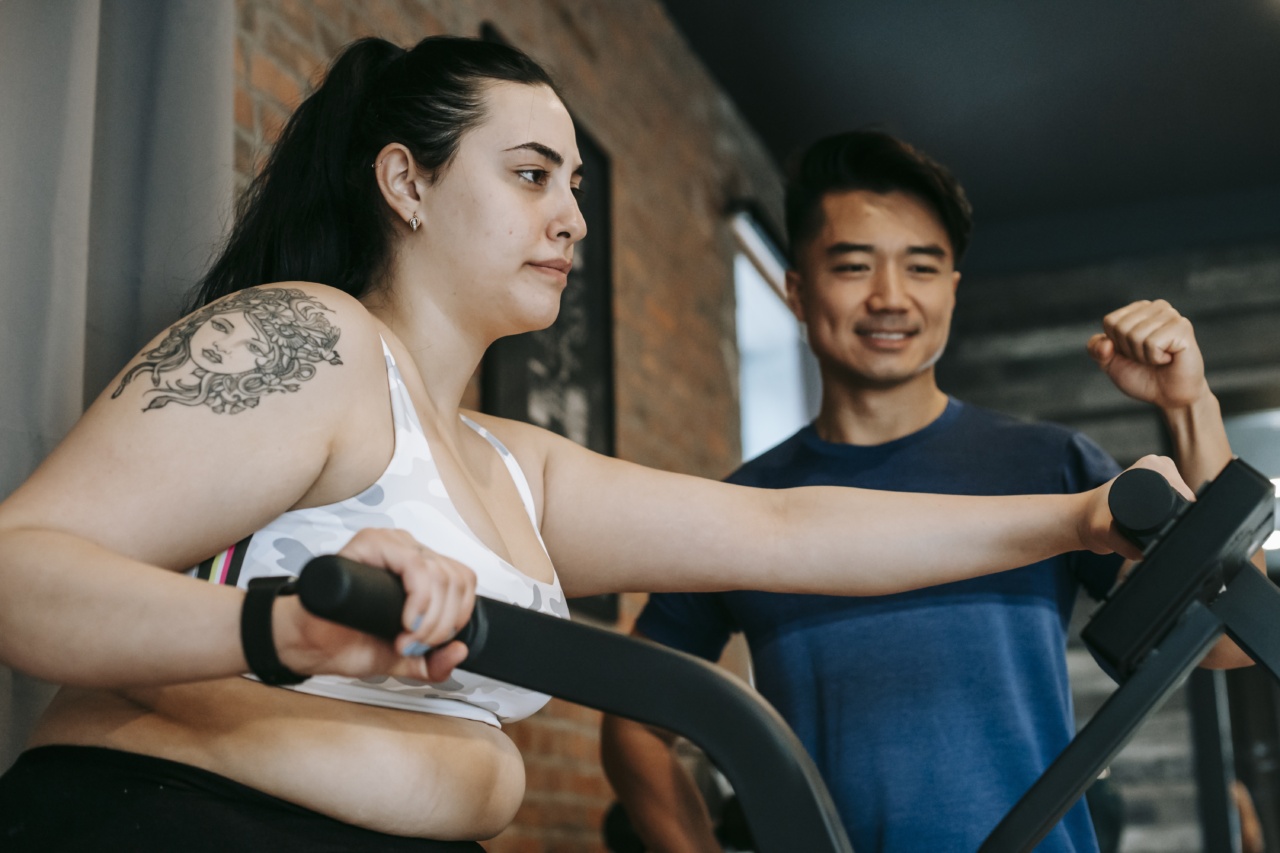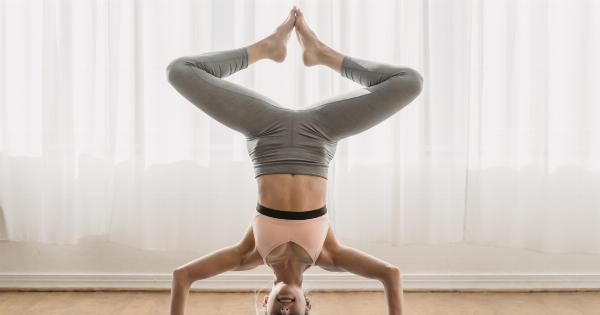Strength training is an essential component of any well-rounded fitness program. It not only helps to build muscles and increase strength but also has numerous other health benefits.
Engaging in a comprehensive strength training routine that targets the whole body can improve your overall fitness, enhance performance, and prevent injuries. Read on to discover the importance of strength training for the entire body and some effective exercises to incorporate into your workout regimen.
The Importance of Strength Training
Strength training, also known as resistance training or weightlifting, involves using external resistance to improve muscle strength, size, and endurance. It provides a wide range of benefits that extend beyond just building muscles.
Here are some reasons why strength training is crucial for overall fitness:.
1. Increased Muscle Mass
One of the primary goals of strength training is to increase muscle mass. Building lean muscle tissue not only enhances your physique but also promotes a faster metabolism.
As muscles require more energy to function, having more muscle mass can help you burn calories more efficiently and maintain a healthy body weight.
2. Improved Strength and Power
Strength training exercises target specific muscle groups and help to improve overall strength and power. Resistance training increases the force production capacity of your muscles, enabling you to perform daily activities with greater ease.
Whether it’s lifting heavy objects, climbing stairs, or participating in sports, having a strong and powerful body is essential for optimal performance.
3. Enhanced Bone Health
Engaging in weight-bearing exercises, such as strength training, is crucial for building and maintaining strong bones. As you age, bone density naturally decreases, leading to an increased risk of fractures and osteoporosis.
Strength training helps to stimulate the production of new bone tissue and improves bone density, reducing the risk of osteoporosis.
4. Injury Prevention
Strengthening the muscles and connective tissues can significantly reduce the risk of injuries. Strong muscles provide support to your joints, protecting them from excessive stress and strain.
By addressing muscle imbalances and weakness, strength training helps improve stability and balance, reducing the likelihood of falls and other accidents.
5. Enhanced Athletic Performance
Strength training plays a vital role in enhancing athletic performance.
Athletes in various sports, such as football, basketball, and track and field, incorporate resistance training into their training routines to improve their speed, power, agility, and endurance. Strength training helps to optimize muscle function, enabling athletes to perform at their best and reduce the risk of injuries.
Effective Strength Training Exercises for the Whole Body
Now that you understand the importance of strength training, here are some effective exercises that target different muscle groups throughout the body:.
1. Squats
Squats are a compound exercise that works multiple muscle groups, including the quadriceps, hamstrings, glutes, and core. Start by standing with your feet shoulder-width apart, then lower your body by bending your knees and pushing your hips back.
Aim to lower your body until your thighs are parallel to the ground, then push through your heels to return to the starting position.
2. Deadlifts
Deadlifts primarily target the muscles in your posterior chain, including the hamstrings, glutes, and lower back. Begin with your feet hip-width apart and a barbell in front of you.
Hinge at the hips and lower your torso while keeping your back straight, then grip the barbell and stand back up, squeezing your glutes at the top of the movement.
3. Push-Ups
Push-ups are a classic exercise that targets the chest, shoulders, triceps, and core.
Start in a high plank position with your hands slightly wider than shoulder-width apart, then lower your body by bending your elbows until your chest grazes the ground. Push back up to the starting position while keeping your core engaged.
4. Pull-Ups
Pull-ups are an excellent exercise for targeting your back and biceps. Hang from a bar with your palms facing away from you and hands slightly wider than shoulder-width apart.
Pull yourself up until your chin is above the bar, then lower yourself back down with control.
5. Lunges
Lunges are a fantastic lower body exercise that targets the quadriceps, hamstrings, glutes, and calves. Start by standing with your feet hip-width apart, then take a big step forward with your right foot.
Lower your body until your right thigh is parallel to the ground, then push through your right heel to return to the starting position. Repeat on the other side.
6. Overhead Press
The overhead press is a compound movement that primarily targets the shoulders and triceps. Begin with a barbell or dumbbells at shoulder height, then press the weight overhead until your arms are fully extended.
Lower the weight back down to the starting position with control.
7. Plank
The plank is an excellent exercise for strengthening the core muscles, including the abs, obliques, and lower back. Start in a push-up position, then lower your forearms onto the ground.
Keep your body in a straight line from head to toe, engaging your core muscles. Hold this position while maintaining proper form for as long as you can.
8. Dips
Dips primarily target the triceps, chest, and shoulders. Using parallel bars, start with your arms fully extended and your feet off the ground. Lower your body until your elbows are at a 90-degree angle, then push back up to the starting position.
9. Russian Twists
Russian twists are an effective exercise for targeting the core muscles, including the obliques. Sit on the floor with your knees bent and feet elevated off the ground.
Lean back slightly and twist your torso from side to side, touching the floor with your hands on each side.
10. Glute Bridges
Glute bridges primarily target the glutes, hamstrings, and lower back. Lie on your back with your knees bent and feet flat on the ground.
Lift your hips off the ground until your thighs and torso form a straight line, then lower your hips back down to the starting position.
Conclusion
Strength training is a vital component of any fitness program, providing a wide range of benefits for the whole body.
Incorporating exercises that target various muscle groups is essential for balanced muscle development, injury prevention, and optimal performance. Whether you’re a beginner or an experienced lifter, make sure to consult a fitness professional to create a tailored strength training program that suits your specific needs and goals.




























